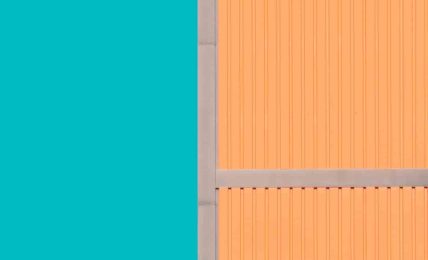Here today, impacting tomorrow — Laptops 2023 quantum leap: 5 computers well still be talking about in 2024 You likely didn’t want these PCs this year, but they may impact your future devices.
Scharon Harding – Dec 22, 2023 11:45 am UTC EnlargeGetty reader comments 11
You’ll never uncover The Next Great Thing if you don’t deviate from the norm. When looking back at 2023’s laptops, we can see that many were merely refreshed designsapproaches that already work. But what happens when a company explores a design that, though not the most appealing today, might lead us to a new trend tomorrow?
You might end up with some computers that many, or even most, people aren’t currently interested in buying. But you could also end up glimpsing the designs that influence future laptops.
The laptops we’re about to look at all defied trends in some way, and we’re curious to see if they impact the laptop industry beyond 2023. We’ll also look at the challenges these ideas might face in the futureand some ways they could improve. Lenovos laptop with dual 13.3-inch screens A company called SZBOX is already selling a similar design, and I don’t think it’ll be the last. Scharon Harding I was able to multitask like never before on a 13-inch-size laptop. Scharon Harding Lenovo’s depiction of the Yoga Book 9i’s various forms. There has to be a useful idea somewhere in there, right? Lenovo
With the number of secondary screens already being built into laptops, Lenovo’s Yoga Book 9i, as striking as it appears, was a somewhat expected progression. But Lenovo actually pulled it off with a legitimate PC featuring most of the bells and whistles found among traditional premium laptops. With the design serving practical use cases in an improved form factor, I expect it to not only be imitated (one small firm is already selling a laptop like this) but to also give the concept of foldable-screen laptops a good run for their money. Advertisement
The Yoga Book 9i, with its pair of 13.3-inch OLED screens, isn’t kicking off this list solely because it’s creative, flashy, or unique. It’s because, as detailed in our Lenovo Yoga Book 9i review, it proved itself an effective way to boost the amount of multitasking one can reasonably do on a 13-inch-size laptop. Lenovo’s revision of how to use a 13-inch chassis could improve options down the line for the many people seeking that golden area between ultra-portability and productivity potential.
On the Lenovo laptop’s 26.6 inches of cumulative screen, I was able to do the types of things that would only bring me frustration, if not a headache, on a single 13.3-inch panel. Want to take notes on a video call while monitoring your news feeds, having a chat window open, and keeping an eye on your email? That’s all remarkably manageable on a laptop with two full-size screens. And that PC is easier to lug around than a laptop and portable monitor. Whats next?
The dual-screen setup worked well for small-laptop multitasking. But the polarizing lack of an integrated physical keyboard and touchpad challenge this form factor’s longevity. Easily accessible touchscreen controls are handy, but you can’t really replicate the reliable tactility and comfort of a keyboard and touchpad with touchscreens. A super portable laptop suddenly feels less portable when you have to remember to bring its accessories.
Still, I think this design has a place in the increasingly mobile world of computing. Future designs could improve with less reflective screens, given that reflectivity is especially distracting on a dual-screen laptop where one screen can cast reflections on the other.
Moving from OLED could help improve battery life to some degree. But, as you might have guessed, a laptop with two 13.3-inch OLED displays won’t be winning any laptop battery-life contests. Further, I wonder what price improvements could be made by foregoing OLED.
But many of the creative laptop designs these days opt for OLED, due to its high image quality, flexibility, and broad market appeal from more mainstream tech implementations, like OLED smartphones and TVs. This presents an ongoing price obstacle for a laptop design that already leans niche. Page: 1 2 3 4 5 Next → reader comments 11 Scharon Harding Scharon is Ars Technicas Senior Product Reviewer writing news, reviews, and analysis on consumer technology, including laptops, mechanical keyboards, and monitors. Shes based in Brooklyn. Advertisement Channel Ars Technica ← Previous story Next story → Related Stories Today on Ars







